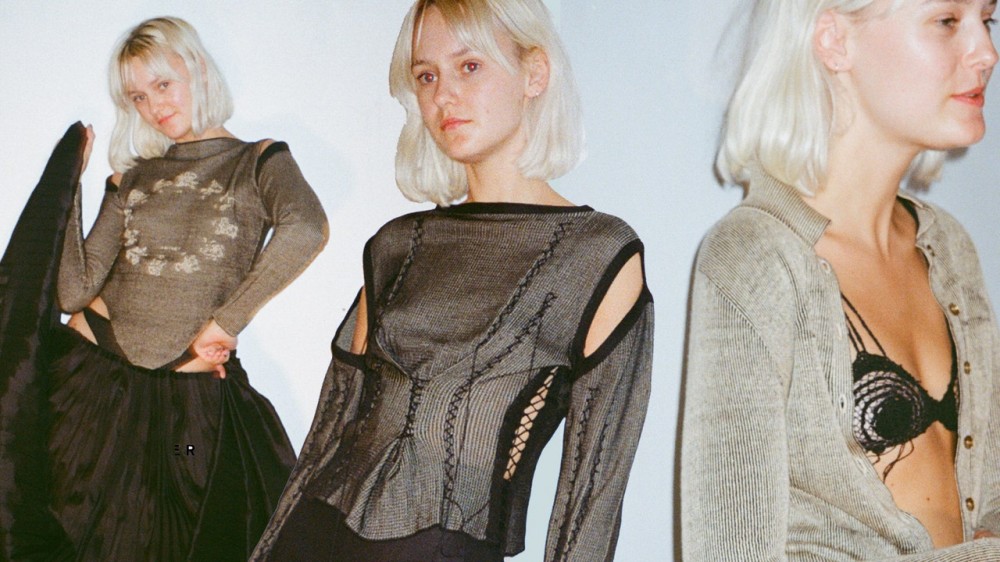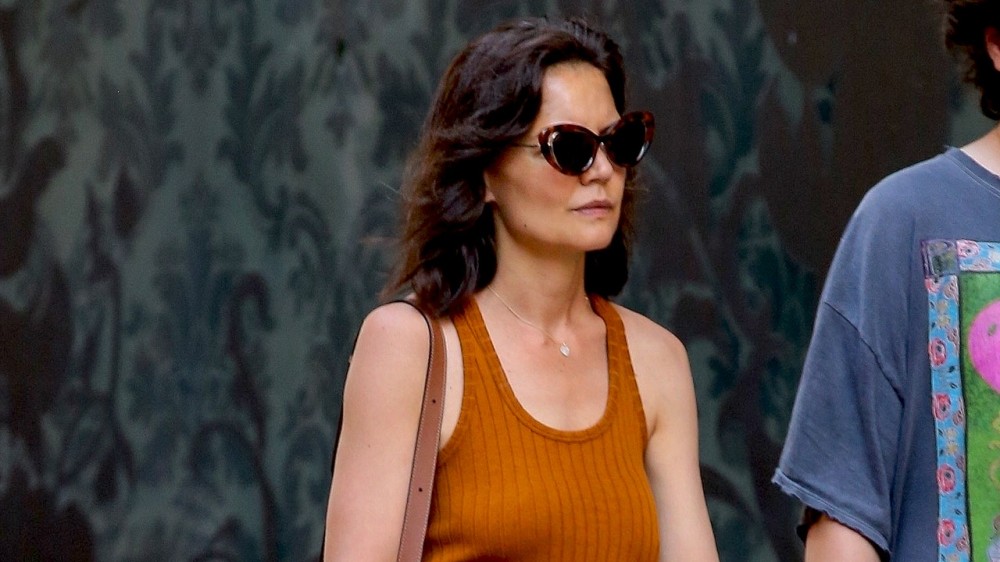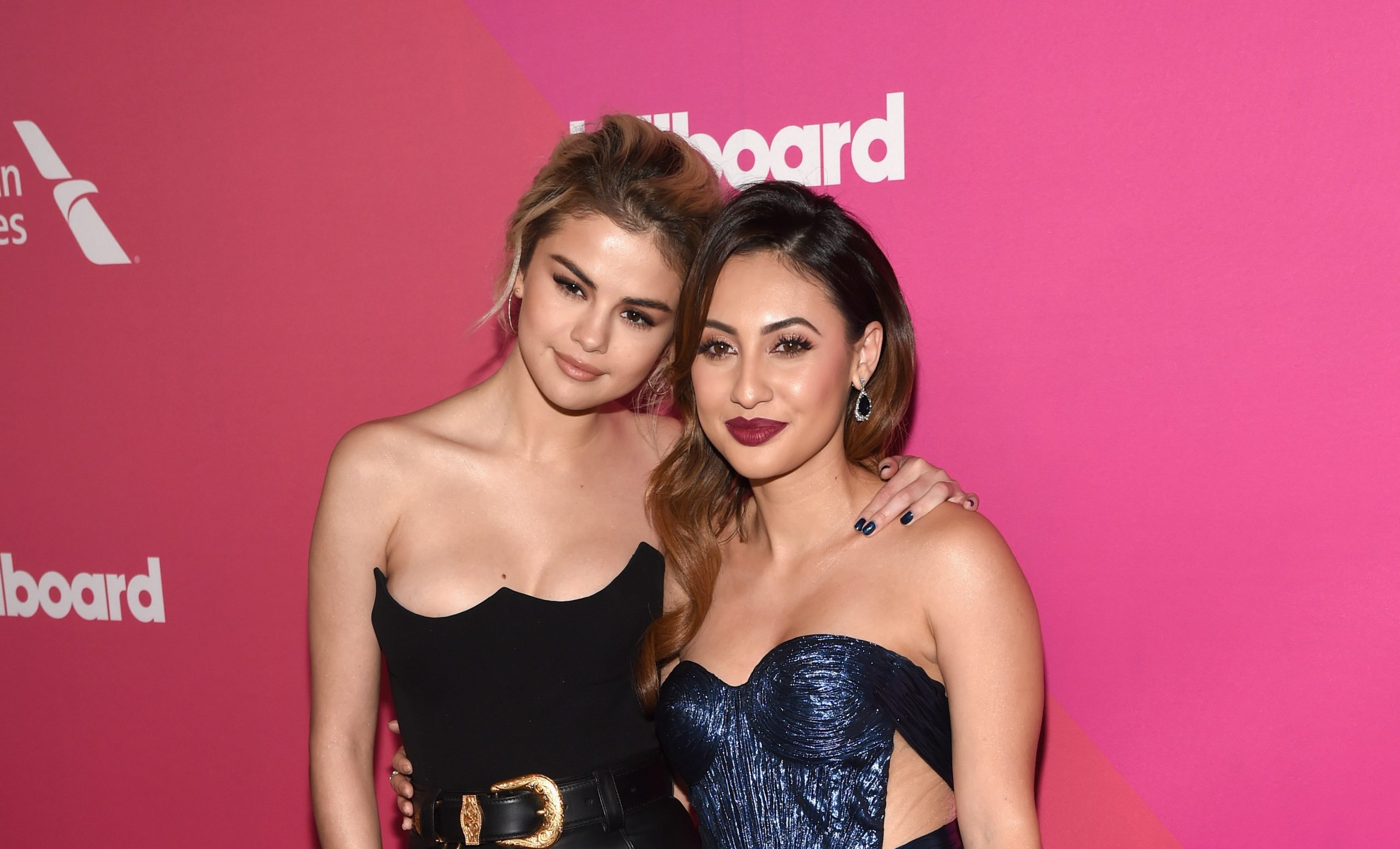
A Folk Horror Tale—John Galliano Films an Epic Movie Scenario for His Maison Margiela Artisanal Collection
Just as more or less everyone else in Paris has been tentatively reverting to the runway show norm, John Galliano beckoned his audience to the wide-screen premiere of his spectacular movie A Folk Horror Tale at a cinema on the Champs Élysées. Made with the multiple award-winning French director Olivier Dahan—and a self-penned script by the designer, its awe-inspiring production values pushed even further into the conceptual realms of new fashion communication that Galliano has been embracing wholeheartedly during the pandemic. “I’m loving this medium,” he declared. “It helps me express so much.”
The collaboration between the state-of-the-art cinematography and the wildly-ranging imagination of a designer who makes his Artisanal collections by hand involved the flying in of the frustum camera last used in the making of the Star Wars: Mandalorian series. Its capabilities, derived from video game and real-time technology mean that three-dimensional photorealistic backgrounds create the illusion of reality—or in Galliano’s case, the hyper-reality of sweeping maritime landscapes in a fantasy reeled around the sinister history of a band of Margiela “Muses” battling the forces of nature through increasingly creepy flashbacks in time.
It meant that everything could be filmed with stock library footage against an LED screen in Paris. “The artistry involved has been the most incredible experience. It’s mind-blowing,” Galliano enthused. “It meant that if I wanted to shoot in the Outer Hebrides, or see a lunar eclipse, I could. I poured in all these thunderous clouds with pink and gray undertones—f it was on location, that would be over in three minutes. Honestly, the director of photography is like royalty. He left me speechless.”
At the beginning of the movie, Galliano is seen describing the collection to Dahan as it’s being made in the Maison Margiela studio. The script evolved from “hours of conversations,” as did the cue for the lighting that bathes the model-actors in the glow of a Dutch master painting and shots which linger in detail over the clothes.
The symbolism of the horror theme is unmistakable. A ghost-ship hews into view, fulfilling a premonition read by a protagonist who speaks of it “bringing forth a pestilence that no fire can banish, no prayer can keep at bay.” There’s a fisherman’s widow who comes to a terrifying CGI end, a funeral with a burning boat, a cult of youths performing strange rituals as they camp out near an abandoned village…
It’s certainly a whole new way for fashion to be seen in the rapidly-changing world of digital technology. Galliano said that he and Dahan had discussed what that means for the practices of both the worlds they work in. “He was saying that cinema is only a hundred years old, and its future is being brought into question, when there are cameras which mean you can film everything in the studio. And I said, I’m thinking the same with presentational fashion. Fashion shows are already 60 years old too. So that realization is like a clarion call. What can we do? We move forward, of course. We can work together to produce something that’s just driven by beauty.”
John Galliano’s A Folk Horror Tale can be viewed here.



